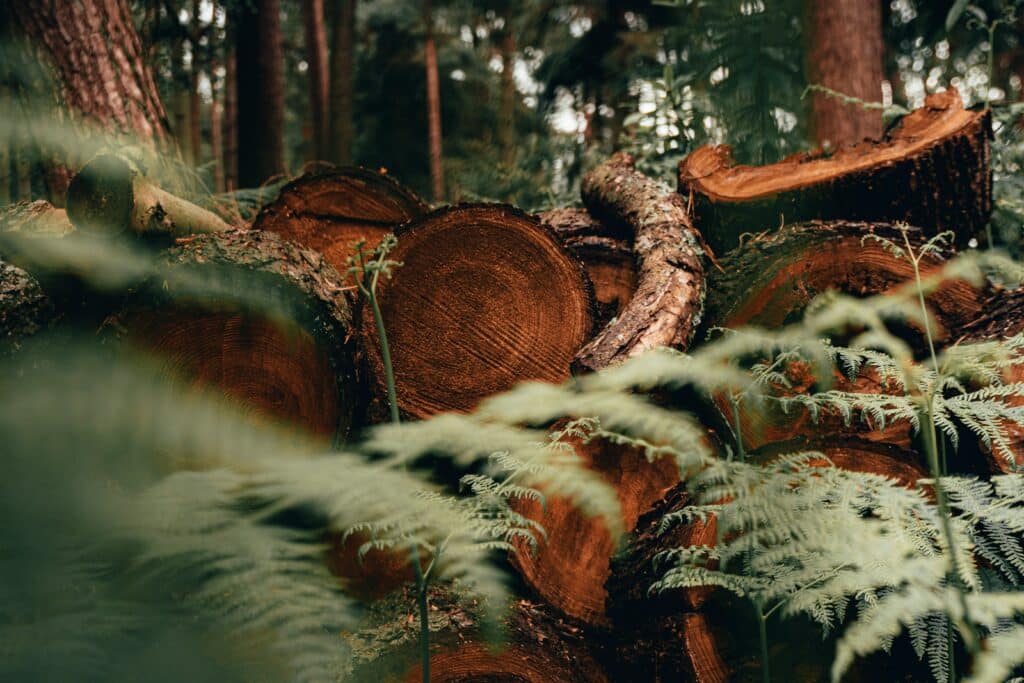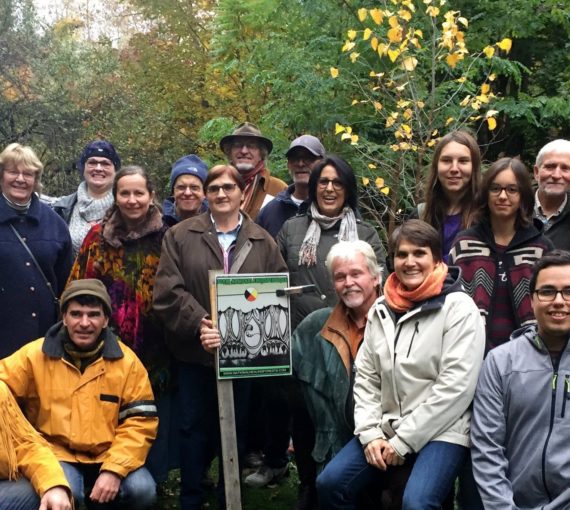
Where can one learn about logging’s cumulative impacts? Not, it turns out, from the federal government. (Photo: Dan Smedley via Unsplash)
Canada is regarded as a country of spectacular nature, with magnificent forests. The boreal forest alone, stretching from Yukon to Newfoundland and Labrador, makes up 55 per cent of Canada’s land mass and is home to numerous plant and animal species and human communities. Listening to government, you could be forgiven for thinking that our forest management practices are beyond reproach. They aren’t.
New research confirms what some have known for decades: industrial logging isn’t ecologically sustainable. Rather, it’s rapidly degrading forest habitats and threatening species, including caribou.
A study by Brendan Mackey and colleagues from Griffith University in Australia looked at forestry in two Canadian provinces and found, “The Canadian Government claims that its forests have been managed according to the principles of sustainable forest management for many years, yet this notion of sustainability is tied mainly to maximizing wood production and ensuring the regeneration of commercially desirable tree species following logging.”
Industrial logging decreases natural levels of large old growth and creates roads that fragment forests. Although the Mackey study focused on Quebec and Ontario, the situation is not unique to these provinces. In British Columbia, a study found that more than 97 per cent of old-growth forests have been logged. “Ecologists found only 2.7 per cent of the trees are actually old,” the Narwhal reports, because, as one of the study’s authors, Rachel Holt, points out, “old forests on these sites have dwindled considerably due to intense harvest. We’re talking a tiny fraction of a fraction. We’ve basically logged it all.”
Where can one learn about logging’s cumulative impacts? Not, it turns out, from the federal government. It uses carefully curated statistics to perpetuate Canada’s image as a sustainable forestry leader.
In Ontario, the rotation age of forests — the age they reach before they’re logged — is usually 80 to 100 years, while the period between wildfires is 114 to 262 years.
Where can one learn about logging’s cumulative impacts? Not, it turns out, from the federal government. It uses carefully curated statistics to perpetuate Canada’s image as a sustainable forestry leader.
In response to the glaring omissions and gaps in the annual “State of Canada’s Forests” report, a coalition of national and regional conservation organizations, including the David Suzuki Foundation, responded with their own report, “The State of the Forest in Canada: Seeing Through the Spin.” It highlights examples of forest degradation in Canada and exposes the federal government’s failure to track industrial logging’s cumulative impacts, especially on remaining primary and old-growth forests.
It points to the lack of information in Natural Resources Canada’s report on the negative impacts of logging infrastructure on forest regeneration, population declines of key iconic forest-dependent species such as boreal caribou and the endangered spotted owl, and logging’s greenhouse gas emissions.
“Seeing Through the Spin” also highlights a failure to assess the alignment between logging practices and Indigenous rights, such as the degree to which forestry practices uphold Canada’s obligations to ensure free, prior and informed consent from Indigenous Peoples. “There is no mention of the challenges Indigenous Nations encounter in asserting their jurisdiction over land stewardship, or the significant barriers many Indigenous Nations face when trying to implement their conservation priorities with provincial governments, particularly in forests managed for industrial logging,” the report observes.
Forests are critical for all life. They help regulate the planet’s climate, provide habitat for a rich abundance of diverse plants and animals, give sustenance to people, protect and maintain watersheds, prevent erosion and flooding — even supply oxygen.
We need systemic change. But is it possible to change direction? Of course it is. Many improvements can be made. Logging practices can be updated to address primary and old-growth forest maintenance, lower logging rates, increase rotation ages, reduce or eliminate herbicide applications, obtain Indigenous Peoples’ free, prior and informed consent, ensure viable wildlife habitat is maintained, leave more on-site biomass after harvests and decrease the amount of disposable and short-lived forest products.
Forests are critical for all life. They help regulate the planet’s climate, provide habitat for a rich abundance of diverse plants and animals, give sustenance to people, protect and maintain watersheds, prevent erosion and flooding — even supply oxygen. Industrial development is putting all of that at risk, which puts us at risk.
Canada has committed to protecting climate and biodiversity by halting and reversing forest degradation and loss by 2030 — just six years from now! Canada was also a leading force behind the global Kunming-Montreal Global Biodiversity Framework late last year.
It’s past time to put words into action and do better at protecting forests. Having honest conversations about the state of the forests, and what needs to change, is a good place to start.



